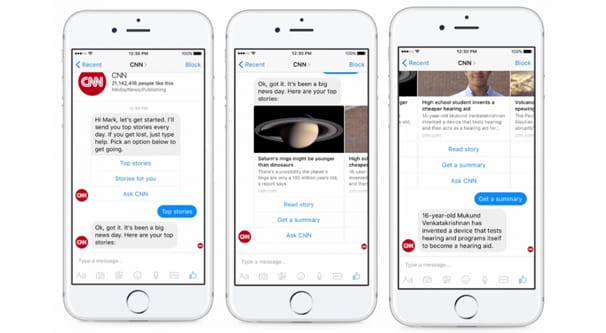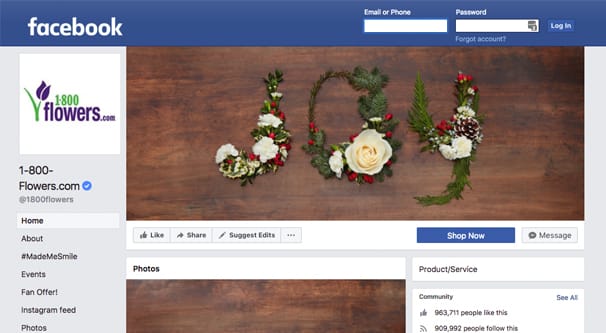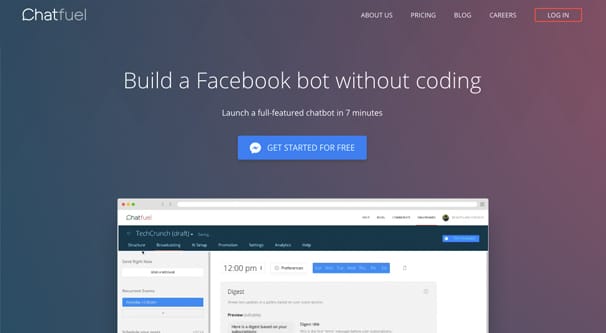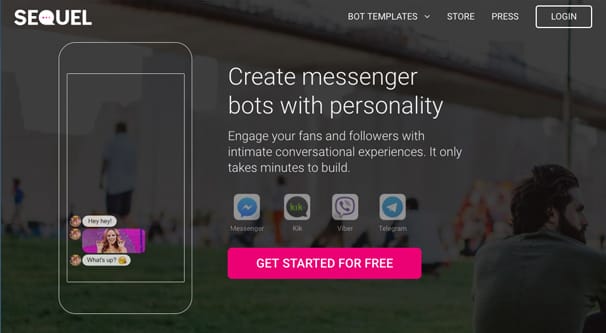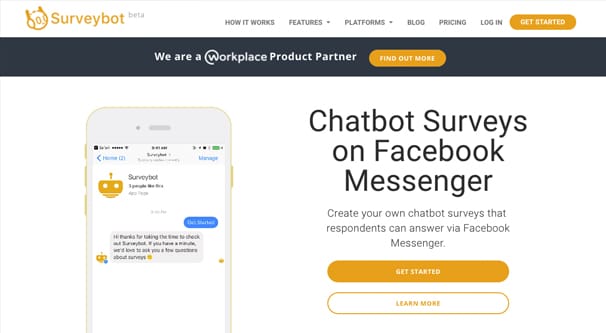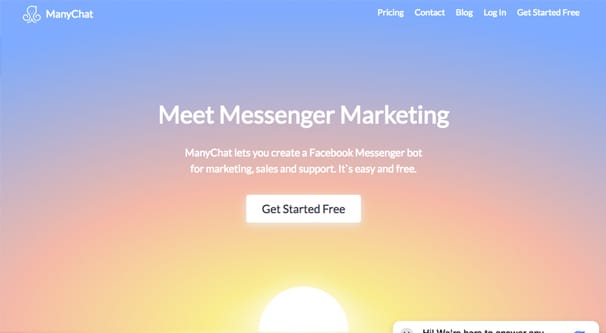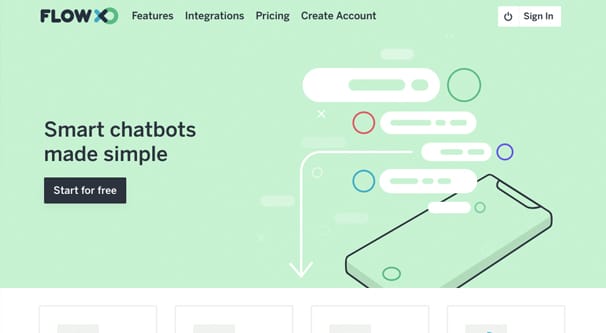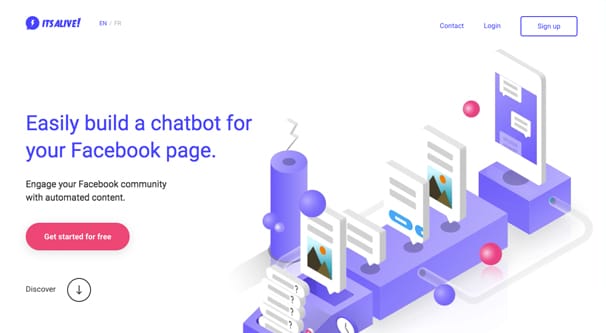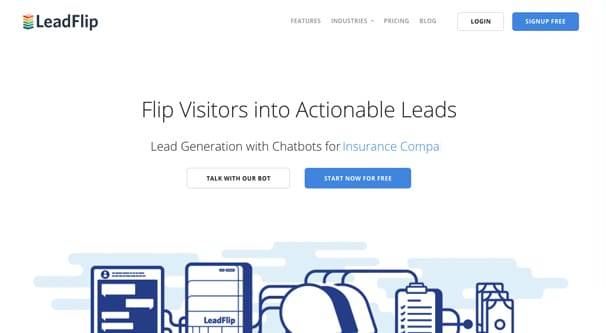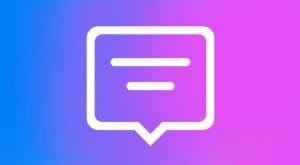 Written by ContentPowered.com
Written by ContentPowered.com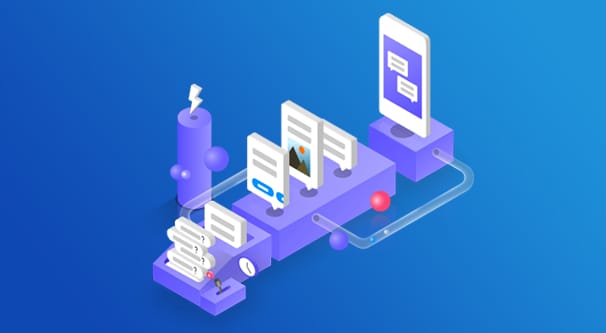
A chatbot is a program that fakes being a human for the purposes of direct conversation. It’s sort of a precursor to artificial intelligence, but a chatbot is nowhere near the sophistication of a true AI. Even the rudimentary AI that scientists are developing today is far more advanced than a chatbot. If any of you were active Internet users in the early 2000s, you might remember SmarterChild. SmarterChild was one of the most sophisticated chatbots available at the time, but it was nowhere near good enough to even pretend to be human. It was, in essence, a fun gimmick.
Chatbots today have begun to merge with the concept of a virtual personal assistant. Siri is one of the most prominent examples, along with the Microsoft competitor Cortana. They’re impressive because they’re vocal, but they’re essentially the same concept.
A chatbot is a program that a business can set up to allow users to interact with it to complete tasks. It’s a sort of bridge between a phone tree and a human interaction.
Like phone trees, a chatbot can take a lot of the weight off of your customer service representatives. With a phone tree, people who call in can navigate it to get some of their issues taken care of right away. My power company has a good phone tree that allows you to report an outage or a gas leak, get status on an outage, or even check when your bill is due without ever talking to anyone. Plus, since they have my phone number on record, they don’t need me to give them any information when I call from the right phone.
A chatbot does the same thing, but for the people who respond to customer inquiries on Facebook. Because, of course, everything I write about on this site comes back to Facebook sooner or later, right? In any case, you can see it in action if you visit the Moz Facebook Page.
When you visit the Moz Facebook page, your Facebook messenger opens up immediately. Often, you’ll be presented with some options you can click to navigate, just like a phone tree. I say “often” because it looks like they’re split testing those options – I had them when I experimented with this a week ago, but I don’t have them now. Either that, or since I didn’t interact the first time, they aren’t giving them to me a second time.
In any case, the intent is pretty clear. When you show up on their page, you probably want to dig for more information, because no one uses Facebook in such a way as to randomly show up on someone’s page. The prompt opens up and gives you the opportunity to ask for more information, and get it, without actually having to interact with anyone. The chatbot takes care of the customer interaction, while your customer service people deal with other problems. If the customer’s question isn’t answerable by the chatbot, the problem becomes one of those other problems, and an actual customer service rep can step in and take over the chat.
To be clear, a Facebook chat bot is in no way sentient, nor is it attempting to be. It’s more like a flowchart of information with human-like typing attached to it. It’s meant to be a middleman for communicating with a brand on Facebook, not a fully interactive experience. Facebook chat bots also do not try to be verbal; you don’t need to teach one to say your brand name or record voice lines. It’s all programming and writing.
Facebook’s messenger platform has allowed chatbots for about a year now. Some brands have established them for a wide range of uses. 1-800 Flowers, for example, allows you to make flower orders directly through Messenger if you so desire. You’ll note that you have to actually authorize the messenger interaction by clicking “get started” here; that’s because of an interesting aspect of Facebook Messenger Bots.
Facebook Messenger Bots are actually full apps that run on the Messenger Platform. The Messenger Platform is something Facebook put together to enable more robust uses of the Facebook chat system, since platforms like Snapchat and Whatsapp have been growing in popularity compared to social networks.
What this means is that it’s actually a pretty complex process to develop a bot from scratch. If you’re not an experienced app developer, it’s going to be a tricky process, so you have to be willing to learn. Or, of course, you can pay someone else to do it. That’s what all of the Facebook bot builders do; they streamline the process, allowing you to program a bot with little or no knowledge of app creation. Some of them don’t even require code at all!
Now, in the interest of disclosure here, I haven’t really used many different bot builders, nor have I tested their results extensively. Rather than tell you one specific builder is the best, I’m going to give you a rundown of the options available to you.
ChatFuel
ChatFuel is probably one of the largest and most well-regarded of the chatbot builders. You can use it to share media, engage with fans, answer frequently asked questions, take reservations or orders, notify users of upcoming events, and segue into discussion with an actual customer service manager. You don’t need to know how to program; the editor allows you to add and change features with a WYSIWYG editor. Their bots are some of the most advanced ones out there and operate using keywords, so that a user sending one of a dozen different greetings will still be recognized as sending a greeting.
ChatFuel’s basic bot is free, but you can upgrade for $30/per month per bot. Upgrading removes the ChatFuel branding, adds an audience management tab, gives data exports for ads manager, and gives you priority email support.
OnSequel
OnSequel is a bot made to have more of a human-like personality than other bots. Rather than competing with ChatFuel for corporate usage, they focus on individual celebrities and gimmicks, like telling stories in a choose-your-own-adventure sort of way. It can be used to make quizzes, AI-like chatterbots, and promotional content bots.
Like other bot builders, you don’t need to know any code. Unlike many others, OnSequel works for Facebook as well as Kik, Telegram, and other messengers. As such, it can broadcast messages in a way that other bots can’t. You can get started for free, though I don’t know what their pricing is for advanced features; it’s not publicly posted anywhere I’ve found.
SurveyBot
This bot builder is very limited, but very focused at what it does. As you might expect, “what it does” is deliver surveys. It’s excellent for market research, because it prompts users who visit to fill out your survey. It keeps track of users and their answers, so if a user leaves and comes back later, they can pick up where they left off. It can be as short or as long as you want, and you can even use a Facebook account other than your own if you want. The downside is, of course, that all it does is surveys, not customer service or anything else.
The free version is limited to 100 survey responses, which is hardly valuable for larger businesses but is plenty for smaller surveys. It’s also limited to ten questions and three messages per survey. The basic plan is then $35 per month, that gives you a thousand responses, unlimited questions per survey, and up to 1,000 panel members if you want a panel. Standard is $79 and doubles the panel members, while Researcher is $129 and bumps you to 3,000 panel members.
ManyChat
This one is right up there with ChatFuel as one of the early, large, and aggressive bot builders. They have a robust drag-and-drop editor with various elements include media sources, text resources, and more. You can also use it to build a sort of Messenger Mailing List, which is a list of people who have given it permission to message them with your calls to action down the road. It includes drip campaigns, the option for live chat, and audience segmentation.
Pricing begins at free, with unlimited broadcasts but only two broadcast sequences, the Facebook comments tool, 10 tags, 3 custom fields, and branding. The Pro version removes all limits, adds more tools, and maintains ManyChat branding on only a couple of tools. Pricing for the Pro tool scales up the more subscribers you have. 1,000 subscribers is $15 per month, so it’s pretty reasonable for smaller businesses.
FlowXO
This chatbot builder is made for businesses first and foremost, and they know that you likely already have a lot of different integrated systems running in your marketing. As such, they focus on integrations and user flow from point A to point B. It’s perfectly capable of creating a FAQ bot, but the true strength lies in the 1-800 Flowers style app that can perform a task. You can set it up to allow users to book appointments, collect information, and integrate with a ton of different apps. Don’t believe me? They have over 100 modules they can hook into, ranging from ActiveCampaign, BaseCamp, and Freshdesk up to QuickBooks, SalesForce, and WooCommerce.
Pricing for FlowXO starts free and has a limit of 500 interactions, 5 bots, and up to two weeks of logged data. For $19 per month you can get 5,000 integrations, 15 bots, and three months of logs, along with whitelabel branding. After that, you can add 25,000 integrations at a time for $25 per month each, or 5 bots for $10 each pack.
It’s Alive
Another of the most commonly known Facebook chatbot builders, this one is named after the Frankenstein line, as you might expect. It’s pretty standard as far as chatbot builders go. It’s not overly advanced or technical, but neither is it extremely focused or exceptionally good at anything the other bot builders are not. It has keyword detection for organic conversations, it can broadcast information from RSS, you can deliver information using variables, you can send instant notifications to subscribers, you can analyze your bot’s activity throughout the day, and it has a decent editor.
The free version is watermarked and has a limit of 1,000 messages per month, and only one chatbot. You can bump that up to 5,000 messages and no watermark for $19 per month. $49 per month gives you 20,000 messages and a second bot, and $99 per month gives you 100K messages and 5 bots. Both of the top two plans give Intercom support as well.
LeadFlip
LeadFlip is one of the more corporate, “official” feeling chatbot apps. Even their layout designer looks like a SAP flowchart. This is all part of their branding, of course; they’re focusing on specific industries with a notorious level of stodgy corporatism, so they fit right in. Those industries are insurance and finance, so the appropriate level of serious consideration is important.
Unlike other bot builders, this one doesn’t do broadcasting and it doesn’t allow rich media. It’s solely for lead generation, and the templates are designed to reflect that. Pricing also reflects the purpose; the free version is limited to 50 leads per month. The medium busness version is $50 per month and bumps that to 150 leads per month. Large is $350 per month and jumps up to 1,250 leads, and then they have an uncapped scaling version for huge companies.
There are a lot of other bot builders available out there. I’ve only covered a handful. I recommend checking out ChatBotTutorial.com to look into some other options, and to read more detailed reviews from someone who has used the bots.
